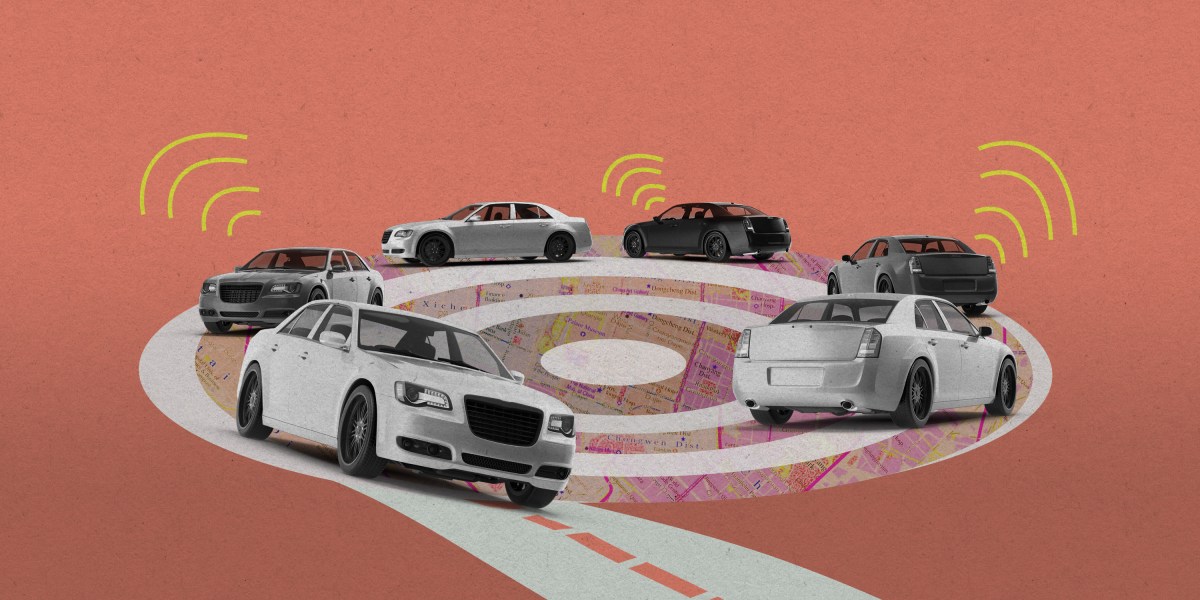China's Dominance in Autonomous Driving Race Revealed
Concetti Chiave
Chinese car companies are rapidly developing autonomous navigation services to launch in various Chinese cities, driven by the need to keep up with competitors and meet consumer demand for advanced driving assistance systems.
Sintesi
Chinese car companies are aggressively competing to roll out their own autonomous navigation services across multiple cities in China. These systems, similar to Tesla's Full Self-Driving features, aim to provide advanced driver-assistance capabilities but still require human intervention. The competition is driven by the desire to establish credibility and trust among Chinese consumers while also avoiding missing out on market opportunities. However, this rapid rollout may lead to confusion among customers and safety concerns for other drivers.
A race for autopilot dominance is giving China the edge in autonomous driving
Statistiche
Nearly a dozen Chinese car companies have announced plans to introduce NOA products in multiple cities.
Some companies offer NOA as a premium software upgrade.
Chinese NOA systems were previously limited to highways but are now expanding into urban areas.
Leading companies like XPeng, Li Auto, and Huawei plan aggressive expansion of their NOA services.
Some companies are releasing NOA without additional costs for owners.
Citazioni
"They are launching it quickly in order to create awareness, to try to build credibility and trust among the Chinese consumers, but also, it’s FOMO [fear of missing out]." - Tu Le
Approfondimenti chiave tratti da
by Zeyi Yang alle www.technologyreview.com 08-15-2023
https://www.technologyreview.com/2023/08/15/1077895/china-city-race-autonomous-driving/
Domande più approfondite
How might the rapid rollout of autonomous navigation services impact road safety in densely populated urban areas?
The rapid rollout of autonomous navigation services in densely populated urban areas could have both positive and negative impacts on road safety. On the one hand, these advanced driver-assistance systems can potentially reduce human error, which is a leading cause of accidents. By autonomously stopping, steering, and changing lanes in complex traffic situations, these systems may help prevent collisions and improve overall road safety. However, there are concerns about the readiness of these systems to handle the unique challenges posed by dense urban environments. Issues such as pedestrian interactions, erratic driving behavior, and intricate city layouts could pose significant challenges for autonomous vehicles and increase the risk of accidents if not properly addressed.
What challenges do Chinese car companies face when developing city-specific navigation systems?
Chinese car companies face several challenges when developing city-specific navigation systems. One major challenge is adapting to the diverse and complex urban landscapes found across different cities in China. Each city has its own unique layout, traffic patterns, infrastructure nuances, and regulatory requirements that must be taken into account when designing autonomous navigation systems. Ensuring that these systems can effectively navigate through crowded streets while prioritizing pedestrian safety presents a significant technical hurdle for developers.
Additionally, Chinese car companies must contend with intense competition from both domestic rivals and international players seeking to establish a foothold in the rapidly growing market for autonomous driving technology. This competitive landscape puts pressure on companies to innovate quickly while also ensuring that their products meet stringent quality standards and regulatory guidelines.
How can the competition between these companies drive innovation beyond autonomous driving technology?
The fierce competition among Chinese car companies striving to launch their own autonomous navigation services can serve as a catalyst for innovation beyond just advancements in self-driving technology. In order to differentiate themselves from competitors and capture market share, companies may invest heavily in research and development efforts aimed at enhancing user experience features such as connectivity options or entertainment offerings within their vehicles.
Moreover, this competitive environment could spur collaboration between automakers and other tech firms to integrate cutting-edge technologies like artificial intelligence (AI) or machine learning into their products. By leveraging AI-driven algorithms for real-time data analysis or predictive modeling capabilities within their navigation systems, companies can deliver more accurate route planning recommendations tailored to individual drivers' preferences.
Overall, this heightened competition incentivizes continuous improvement across all aspects of automotive technology—from hardware design to software integration—ultimately benefiting consumers with more sophisticated products that offer enhanced convenience and safety features on the road.
0
